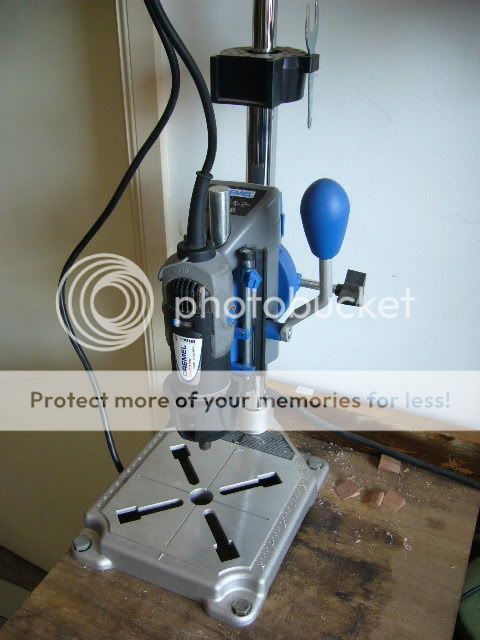Very informative thread! A good read and you provided some valuable information to the guys who like to tinker with restorations and such.
I could add a couple small points. The configuration of the wedge should be so that the spread of the scales forward of the pivot should be in the neighborhood of a quarter inch wider than the thickness of the blade you are using. The pic of yours is spot on, it appears. All a person would have to do is temporarily pinch the scales against the wedge with your fingers to get this measurement. Once the angle of the wedge is good, go ahead and peen/glue them.
While the point of not gluing the wedge to the scales has validity for the reasons that were stated, I like to super-glue mine. You could always clamp everything together with 0-80 nuts and bolts to see if there are going to be issues with blade drift toward either side of the scales. The combo of tensile strength of the glue and the shear strength of the pin is a good combo. Pinless scales for acrylics will work because the glue used for that type of plastic actually fuses the material together. However, pinless isn't a good idea on other materials. The joint almost always fails with even less-than-moderate use.
I have sketched a little drawing describing the dynamics of the relationship between the blade/scales/wedge work.
Stretch or reduce the length of the scales to get as close to these measurements as you can. To get a rough length from the pivot pin hole to the end of the scales, you need the length of the blade from pivot hole to tip of the blade and add 9/16ths inches. I think that math adds up, anyway...
View attachment 138551
View attachment 138550
I could add a couple small points. The configuration of the wedge should be so that the spread of the scales forward of the pivot should be in the neighborhood of a quarter inch wider than the thickness of the blade you are using. The pic of yours is spot on, it appears. All a person would have to do is temporarily pinch the scales against the wedge with your fingers to get this measurement. Once the angle of the wedge is good, go ahead and peen/glue them.
While the point of not gluing the wedge to the scales has validity for the reasons that were stated, I like to super-glue mine. You could always clamp everything together with 0-80 nuts and bolts to see if there are going to be issues with blade drift toward either side of the scales. The combo of tensile strength of the glue and the shear strength of the pin is a good combo. Pinless scales for acrylics will work because the glue used for that type of plastic actually fuses the material together. However, pinless isn't a good idea on other materials. The joint almost always fails with even less-than-moderate use.
I have sketched a little drawing describing the dynamics of the relationship between the blade/scales/wedge work.
Stretch or reduce the length of the scales to get as close to these measurements as you can. To get a rough length from the pivot pin hole to the end of the scales, you need the length of the blade from pivot hole to tip of the blade and add 9/16ths inches. I think that math adds up, anyway...
View attachment 138551
View attachment 138550

 Thanks Bill. Good detail info there.
Thanks Bill. Good detail info there.
